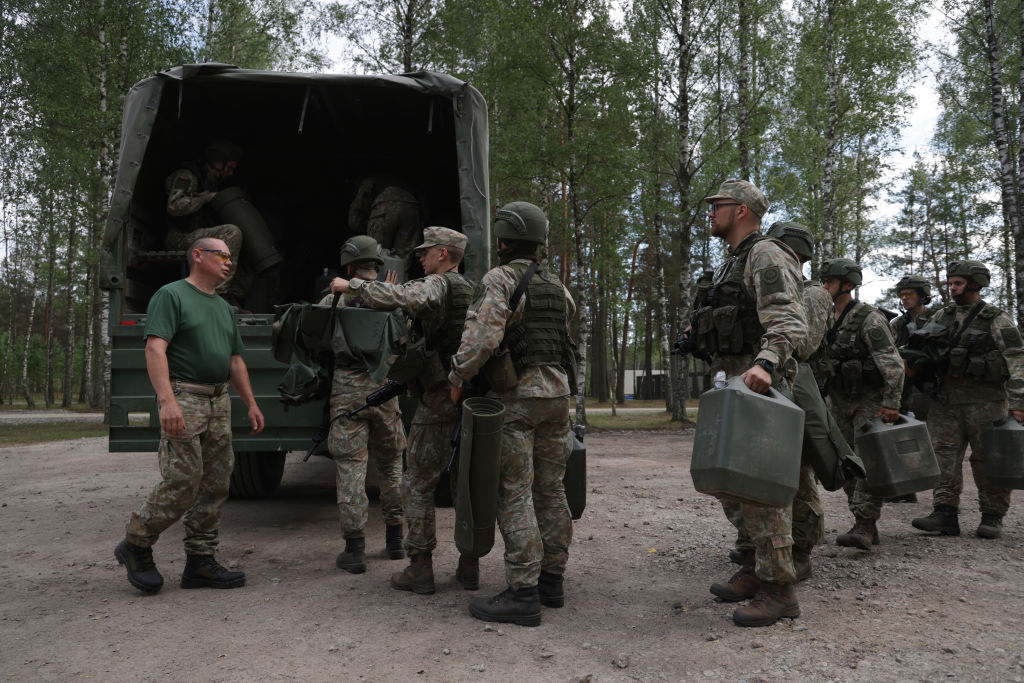German authorities are identifying bunkers and bomb shelters where people could take refuge in the event of an attack on the country.
According to a spokesperson for the German interior ministry, public and private facilities that could be converted into bunkers, such as underground car parks, underground rail stations and basements, are being considered.
Speaking to the press in Berlin on November 25, the spokesperson said: “The intention is currently to draw up key points for a shelter concept.”
The ministry also encouraged citizens to create shelters in their own homes by converting their cellars or garages, which authorities have recognised that the process will “take some time”, according to the spokesperson.
The Federal Office of Civil Protection and Disaster Assistance (BBK) recently reported Germany had 576 designated public bunkers, which could provide shelter for just 0.56 per cent of the German population.
The move to identify further safe areas came after Russian President Vladimir Putin warned on November 22 that the Ukraine conflict was now a “global” confrontation.
That was after Russia had launched a first intermediate-range ballistic missile into Ukraine, with a range of 5,500 kilometres, on November 21.
Russian President Vladimir Putin has declared that the Ukraine conflict is now a “global” confrontation, directly blaming the West for causing the escalation. https://t.co/hwrdkBtDMZ
— Brussels Signal (@brusselssignal) November 22, 2024
Germany is not the only European country investing in bunkers and associated facilities.
In April 2024, Swedish authorities announced the country would put 385 million kronor (€33.3 million) into strengthening its bomb shelters, emergency services and civil defence.
Many European countries had slashed their defence capabilities and spending after the end of the Cold War.
Amid the Ukraine war, most have now reversed course but that has thrown up problems in providing safe shelter for citizens.
For instance, an official report leaked to the German press in June 2024 revealed that protecting the entire German population would require the construction of some 210,100 additional bunkers, which would take 25 years to build and cost €140.2 billion.
In Europe, Switzerland is among the most prepared countries, with more bunkers than citizens.
According to the Federal Office for Civil Protection (FOCP), it has around 9.3 million protected places in almost 370,000 shelters – including 9,000 public bunkers – for its approximately 8.7 million inhabitants.
NATO has also urged business leaders to play their part in preparing for possible conflict.
Speaking at an event organised by the European Policy Centre in Brussels on November 25, Admiral Rob Bauer, chair of the NATO Military Committee, warned business leaders to prepare for war, encouraging them to adjust their production and distribution, arguing it was the “economy that wins wars”.
“Business leaders in Europe and America need to realise that the commercial decisions they make have strategic consequences for the security of their nation,” Reuters reported him as saying.
European Union Foreign Affairs Chief Josep Borrell has warned that the union is “in danger” in his 300-page book, Europe in the Arc of Fire. https://t.co/EFTFwHzsQS
— Brussels Signal (@brusselssignal) November 25, 2024





